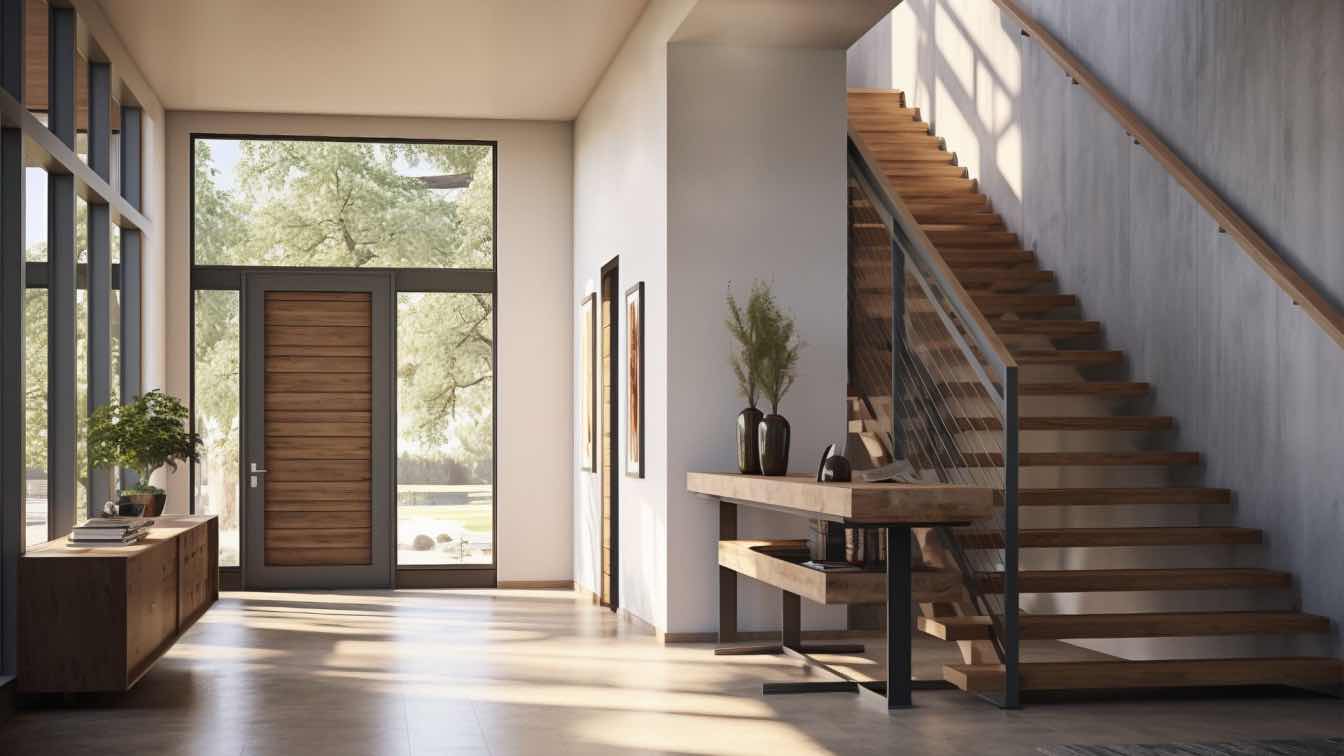Many ancient cultures throughout history relied on ancient construction techniques that were used to build from the ground up. There is a requirement of techniques such as compaction grouting and sinkhole repair for the new construction pier. Specifically, in the construction of large structures, where the soil of the land shrinks and gets heavier after rain falls. But with the advancement in technology, there is a loss in the adaptation of ancient construction techniques. Here, you will find the list of ancient construction techniques that may represent a new compilation of history. Remember the following list while you are designing a project.
1. Building with Masonry
The new construction pier is the vertical beam. It uplifts the entire building by providing adjacent support to both ends. In the Middle Ages, the technique of masonry was used for the upgrading of the buildings’, churches’, and castles’ foundations. In this technique, the mixture of pozzolanic sand (ancient cement), water, lime, clay, and rubble combined to form a thick structure. This structure is used for column construction for the provision of support to uplifting the building where the surfaces are clay-rich in properties. For instance, it is studied from the Egyptian Civilization that while the construction of temple the constructors used foundation uplifting techniques. The sand and limestones were used to elevate the temple from River Neil. Thus, for the new construction pier in Clearwater Fl, this method can use.
2. Arches
There was the use of arched-shaped pillars and beams for the construction of piles. For the uplifting of building structures in Ancient Roman Civilization, parabolas or pointed arch shapes were used. The advantage of this structure is that it reduced the thrust forces formed at the base of the building. Additionally, the force of tension is also reduced. With all these features, the arched-shaped structures are beneficial for the equal distribution of the weight of the entire structure at the ending poles. In the case of observing the structure of the Viaduct, a famous bridge, it has been extracted that the bridge is composed of columns piers of arches that elevates the railway track. Therefore, the use of arches as column piers will provide sufficient weight-balancing structure from the foundation to the top of the architecture.
3. The Flying Buttress
A specific type of structure in which an arch is attached to the upper portion of the walls from the grounded level of piers is termed the flying buttress. The advantage of this structure is to balance the lateral forces from the ground to the top of the structure. This structure is also known as the pier-like projection of brick that provides extra stability to the arched structure. Pier-buttress use in the construction of large buildings consists of masonry structures in the form of an inclined bar. Hence, during the new construction pier in Clearwater, Fl the use of a flying buttress will provide sufficient support to the top of the roof from the masonry foundation vertical pillar.
4. Timber
In the beach community or the sand-rich area, there is the presence of beam pier homes. For transferring an entire load of building to the soil, timber is used in the form of vertical pillars. The advantage of the use of timber is that it is less costly as compared to other construction materials for pier foundations. In terms of the location of Clearwater, Florida, the city is famous for its white sand beaches. In this kind of region where the sand has the characteristics of quartz-rich sediments, shrinks with the rising level of water. Thus, this type of soil bound the habitants to build their homes at the seashore by using the timber pier foundation.
5. Soil Stabilization
In the process of uplifting the structure of building above from the surface, the significant practice is to study the density of soil. This process is termed compaction grouting. It is essential to increase the load-bearing capacity of the pier's foundation, with the addition of some external additives. Afterward, the stability of soil will increase which also enhances the durability of pier beams. In the Middle Ages, for compressive strength of soil, the minerals used were biopolymers, lime, and pozzolans, and the addition of salts such as sodium chloride and sodium hydroxide. Therefore, for the compaction grouting in the new construction pier in Clearwater, FL, the soil has to be stable by adding these components.
6. Soil Compaction
In ancient times, the four pieces of equipment used for soil compaction are forward vibratory plates, reversible vibratory plates, rollers, and rammers. The type of equipment will use according to the type of soil. In terms of the core objective of this technique, it is used for the removal of air particles inside the soil. The process of compaction also increases the density of soil through static pressure. So, if you want to construct a home in the region of Tampa FL, it is essential to adopt compaction grouting for the new construction pier.
7. Mixture of Soil and Concrete
What is a sinkhole? The areas in which limestone rock is abundant, that is which can easily dissolvable with rainy water causes sinkhole. These holes are also known as karst terrain, as the dissolvable rocks are present inside the ground and are soluble in water. This would ultimately fall the entire building down to the surface. It occurs usually in the region where the groundwater level decreased and refills again due to rainfall. The major reason for the formation of the sinkholes is the presence of tree stumps. In the ancient era, there were some signs of detecting the sinkhole such as muddy well water, sudden drainage of a pound, and cracks or gaps among the tiles. The best way to fix the sinkhole is to add a layer of soil mixed with concrete. This technique used in the Middle Ages, and thus, can use in the present era as sinkhole repair practice for the construction of a pier in Tampa, FL.
8. Excavating to Rock
The other ancient technique used for the detection of sinkholes is the excavation of rock. With this practice, the tunnel forms which indicates the presence of an underground tunnel. After this, it will be easy for the constructor to fill the gap by covering the layer with the stone and then with geotextile fabric. This will further fill the layer of soil with the mixture of concrete.





